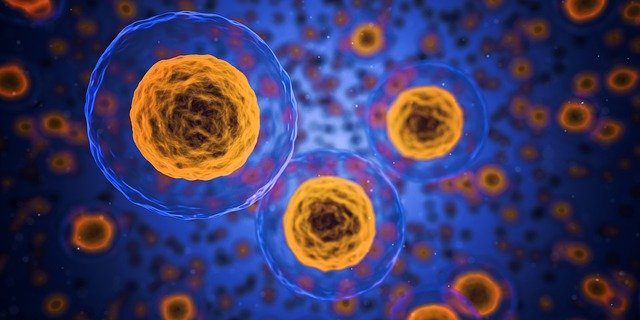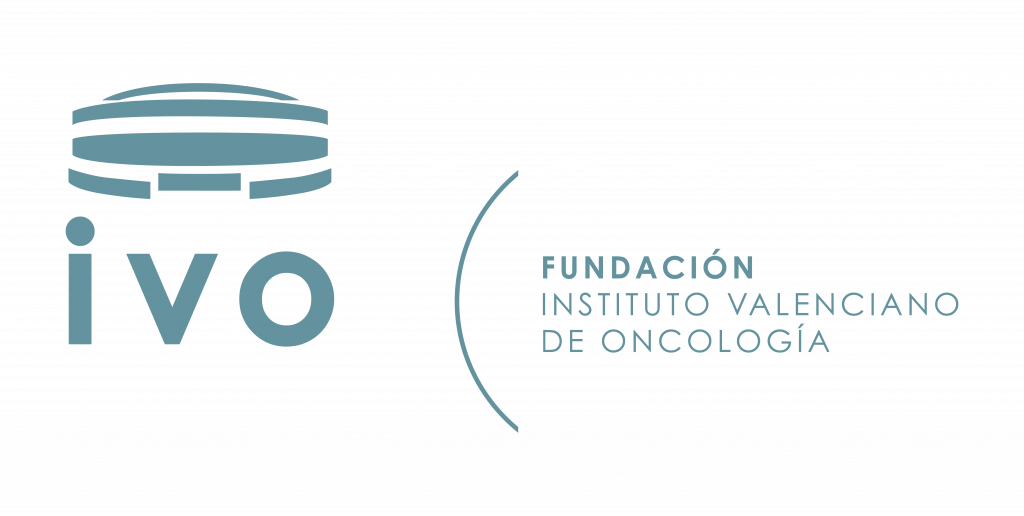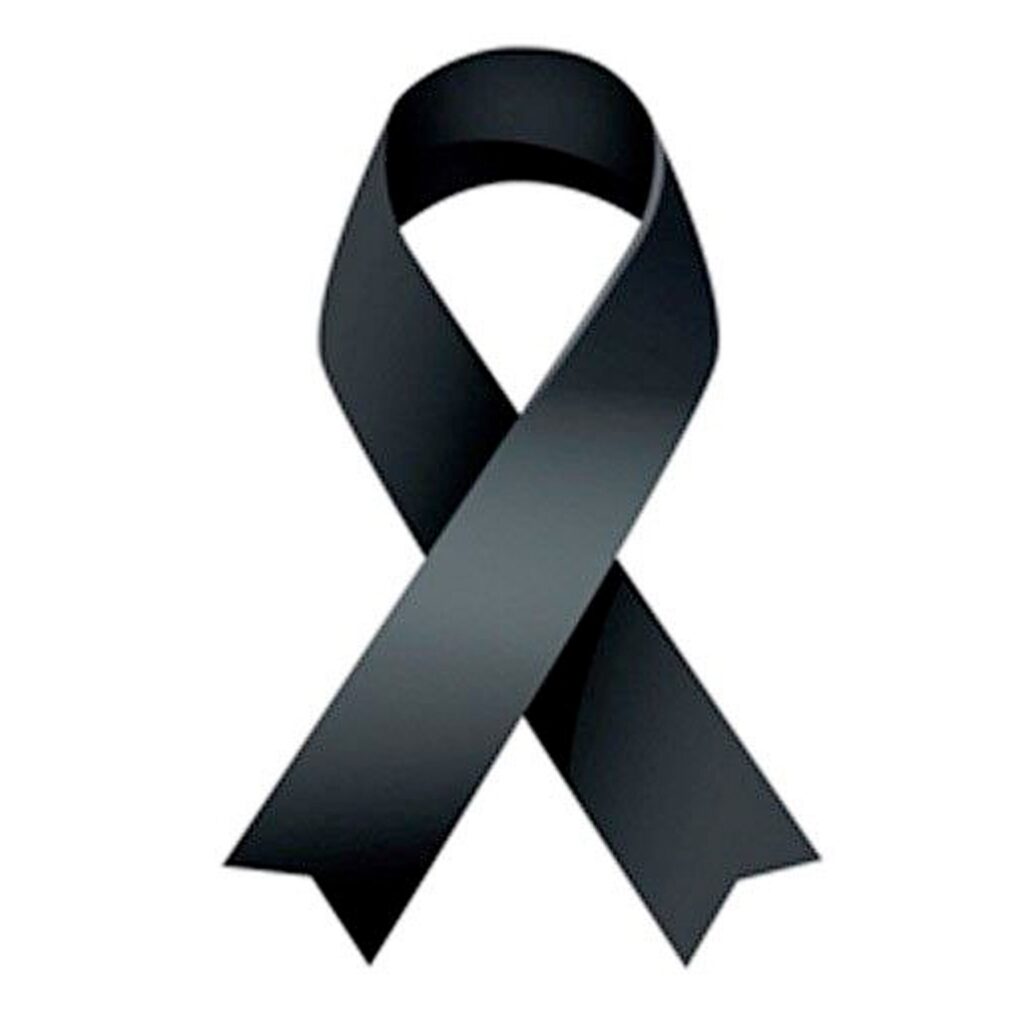The IVO has treated as many different types of oncological diseases as it has patients. Medical science has identified more than 200 different types of cancer, but it could be said that there are as many kinds as there are people affected.
Each person develops their own ailment and responds to treatment in their own particular way. This is why it is so important that the care and follow-up given to cancer patients be customised to each person. This is a matter of priority for the IVO.
However, some typologies of oncological diseases can be established according to the type of cellular tissue affected or according to their location.

Types of cancer according to their location
Another way of classifying oncological conditions is by the location in which they develop. Although tumours can occur in a distant place, in other organs, this typology names cancers according to the site where the disease was generated.
Musculoskeletal System
Respiratory System and Thorax
Head and Neck
Brain and Nervous System
Digestive and Gastrointestinal
Skin
Kidneys and Genitourinary System
Blood and Haematological System
Breast and Female Reproductive System
Types of cell tissue affected
Cancer originates in cells. So, its diagnosis requires a biopsy, which consists of extracting a sample of the affected tissue to be observed under a microscope. On analysing it, the cells that make it up are identified in order to determine whether it is a benign tumour, a pre-malignant one (which can mutate into a cancerous state), or a malignant one (cancer).
Once the biopsy has been used to identify the type of cell and the alteration it presents, the cancer detected can be defined depending on the cellular tissue that has given rise to it:
- Carcinoma
- Sarcomas
- Leukemia
- Lymphoma
These account for more than 80% of cases (mainly lung, breast, colon, prostate, pancreatic, cervical and stomach cancer). These are malignant tumours in epithelial cells, which form the lining of organs, glands or body structures.
• Adenocarcinoma: cancerous lesion in glandular tissues
• Squamous cell carcinomaor epidermoid: in non-glandular cells.
• Basal cell carcinoma: very common skin cancer that originates in the deepest layer of the skin. Such lesions are most common on the head and neck, as they are more exposed to the sun.
• Melanoma: the tumour occurs in the cells that pigment the skin. It is very curable, but tends to spread.
These originate in the connective tissues, those that “support” the body.
• Osteosarcoma: the cellular lesion starts in the bone
• Liposarcoma: the lesion derives from the cells that create fat
• Chondrosarcoma: the cancer occurs in the tissue that makes up cartilage
• Angiosarcoma: the origin of this cancer is in the tissue of the blood vessels.
The cancerous lesion has no tumour, but arises from the bone marrow, the inner part of the bones where red blood cells, white blood cells and platelets are produced.
This is why it is popularly known as blood cancer. Depending on the type of altered cells, it will either be identified as myeloid or lymphoid leukemia. It can be either acute or chronic, depending on the cells’ degree of maturity.
In this case, lesions arise in the lymphatic system, which is responsible for fighting infections that may occur in our body. It is articulated through a network of lymph nodes and capillary blood vessels that are distributed throughout the body.
The cells that proceed to divide and mutate uncontrollably are the white blood cells, or lymphocytes. There are two main types: Hodgkin’s disease and non-Hodgkin’s lymphoma.
What is cancer?
Cancer is a biological and genetic alteration of the cells that make up the tissues of our organs. The uncontrolled growth of cells can result in a tumour or nodule. This is an unnecessary mass of tissue that may be benign if it does not invade or destroy other organs. This type is usually removed without complications and does not reproduce again. If the cells that are dividing uncontrollably also mutate, carcinogenesis occurs.



